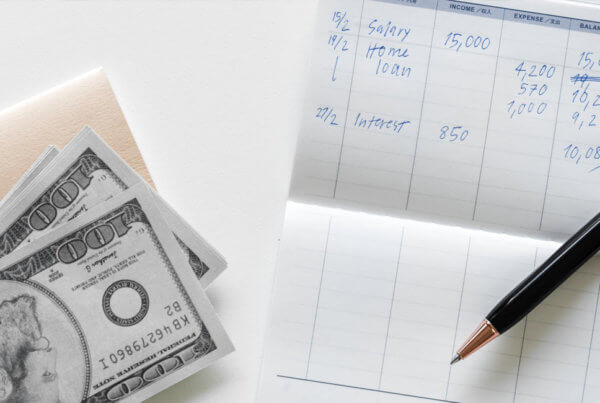So you have student loan, and credit card debt. How to prioritize your debt.
Debts of any kind have to be paid under the set terms in order to maintain your credit score. Unfortunately, the terms of the multiple loans don’t care much about each-other, or your wallet. Now, to prioritize your debt debts, you have to understand the types of debt.
Excessive credit card debts are considered ‘bad debts’ because they come with high interest rates and are generally not beneficial in the long run. On the other hand, student loan debts are considered to be ‘Good debts’ as it is an investment for your future and helps to build credit.
To prioritize the payment of credit card debt and student loan debt, a few things need to be understood.
Prioritize your debt by interest rate.
Debts with higher interest rates should be paid first:
The debts with higher interest rates need to be dealt with and paid off first. It will save you paying more interest over a longer period of time. Focus on paying the credit card with the highest interest rate first. Then, follow the same for the other cards in descending order of interest rates. Remember, the interest rate is the “cost” of the credit to you. Eliminating the debt that costs you most first is key in digging yourself out.
Effect on your credit score:
The accumulation of credit card debts will substantially damage your credit score, while a student loan debt will not. The reason being, a student loan is an installment loan and is a fixed amount scheduled to be paid regularly. Credit cards are not issued for a fixed amount making it a revolving debt. In addition, lenders for credit cards and auto loans tend to view student loan debts at a lesser degree.
Credit Utilization ratio:
The ratio between the credit card balance and credit limit is called ‘Credit Utilization Ratio’. Student loan debts are not categorized in this ratio as they are to be paid regularly in fixed limits. This means they’re not having a long term effect on this key part of your FICO score.
Staying current on payment of debts:
Always try to stay current on your student loan payments which will create good-will that you are managing your payments aptly and wisely. The goal here is to stay current with your student loans, but any extra money should go towards high interest debts.
Avoid complete ignorance of payment on one debt while paying off the other:
It is very crucial that you don’t completely ignore the payment on one debt while paying off the other. This will not only lead to a bad credit score but also make it more difficult to catch up.
Flexibility of Repayment:
There are more options available for repayment of student loans depending on the financial status whereas credit cards do not have many repayment options.
Occasionally you can move your payment date one time for some breathing room, but this is temporary.
Which debt costs more:
This is a no brainer. The interest rates of credit cards are much higher than that of the student loans. Non-payment of debt for a longer time will increase the amount of interest.
Obviously, you must resort to payment of credit card debts first.
Conclusion – How to prioritize your debt
Having discussed different factors which may affect your credit score, budget, and savings, it is advisable to knock out the credit card debts first. This debt costs you significantly more in the long run, and causes more severe impact on your credit. You need to be sure to maintain your student loan repayments in tandem with credit cards. Once the credit cards are lowered, consider paying extra towards your student loan principles.
Remember, the ultimate goal is to have no debt.




